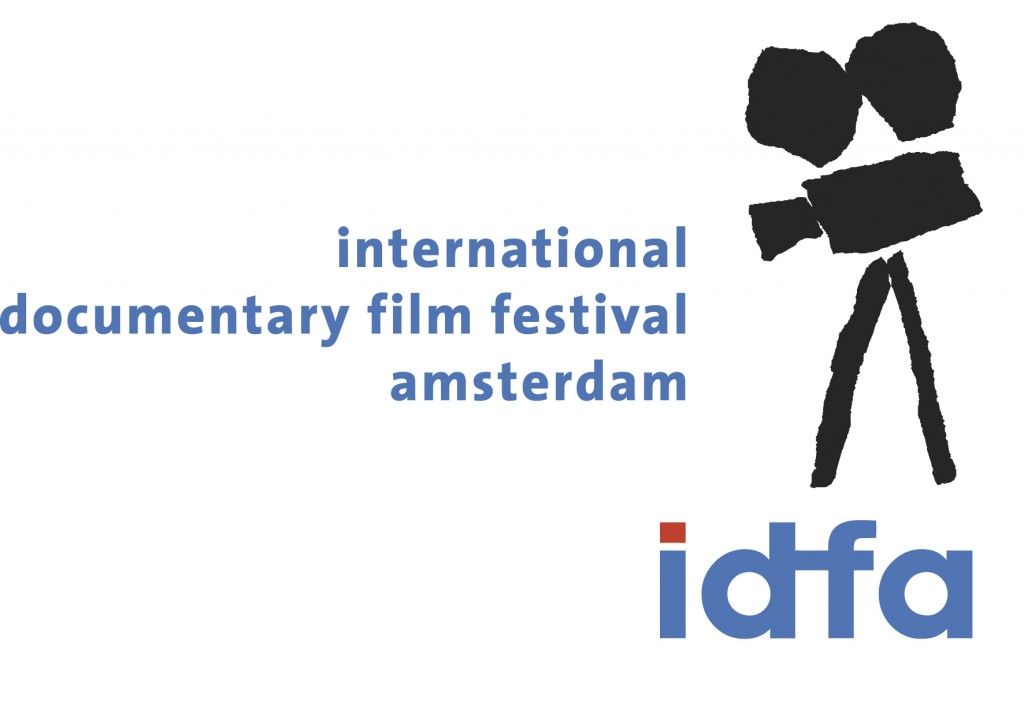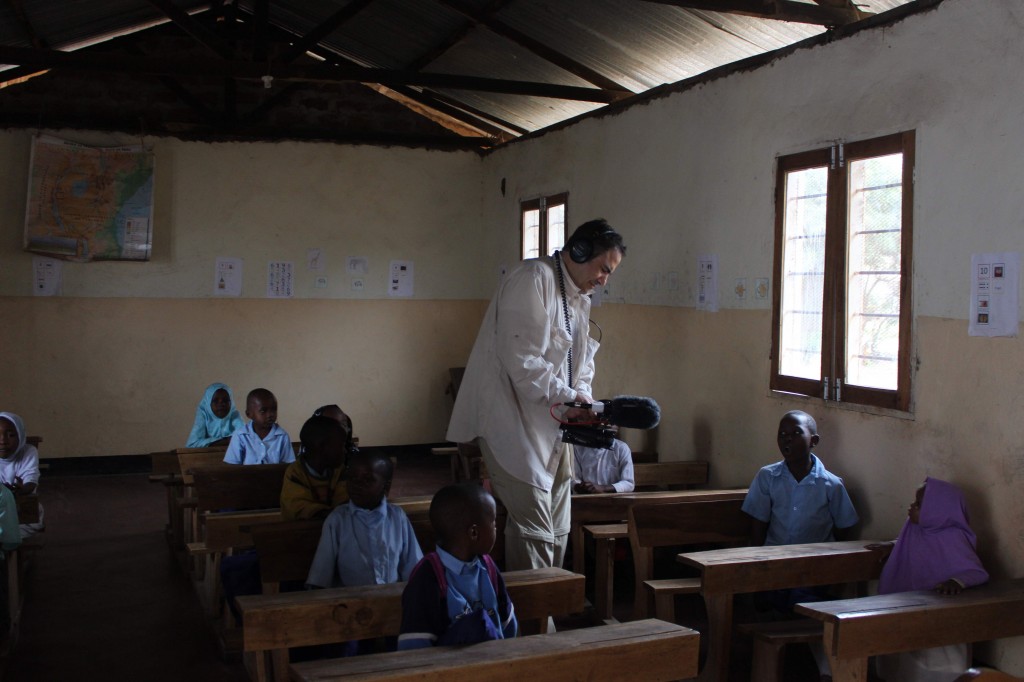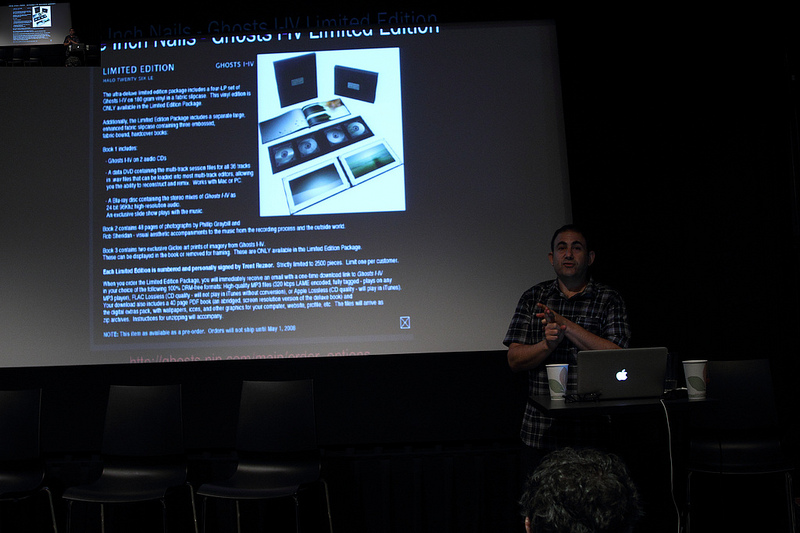10 Key Points on How to Move Forward With Outreach and Impact for Documentary Film
A Report from the IFP Filmmaker Lab by Jon Reiss With all the trauma of this past week, I at least had the good fortune of spending it at the IFP Filmmaker Lab in NYC. We all showed up Wednesday morning stunned/tired from watching returns all night/depressed. Some stayed home but by the middle of […]
Heading to IDFA

I’m excited to be heading to the IDFA festival and market in Amsterdam today! I’ll be attending BritDocs Global Impact Producers Assembly on Saturday – then doing three presentations over the next 5 days: First on Sunday November 22nd 10am – 11:45 I will be doing a Distribution Crash Course for the newly launched […]
IFFR, Tiger Release, and the Trend of Festival as Distributor

I’m so thrilled to be participating in two IFFR events this year! For those of you attending, I hope we run into each other. On the morning of Monday, the 26th, I’ll be serving on a distribution panel called Get Your Film Out There! (moderated by Amy Dotson). That afternoon, I’ll be participating in an […]
Is It Crazy to Film NGOs in Africa and Run a Kickstarter at the Same Time?

By Jon Reiss I just arrived in South Africa on my way from filming in Tanzania to speak at the Durban Film Festival. I know it’s crazy to do this while running a Kickstarter for Bomb It 2 – and prepping the release of Bomb It 2 on August 6th – but I ultimately realized […]
Bomb It 2 Hits Miami!

UPDATE — the U.S. premiere of BOMB IT 2 in Miami is sold out! It is finally time for the US premiere of BOMB IT 2! Thanks to our good friends at Bombingscience.com, Keepitclassic.com, and Tugg.com, you can catch BOMB IT 2 at the O Cinema in the Wynwood District on Wednesday, May 29th […]
Top 10 Things Learned in the IFP PMD LAB

Top 10 Things Learned in the IFP PMD LAB By Jon Reiss I have had the good fortune to be involved in IFP’s Independent Filmmaker Labs for the past several years now and I have seen innumerable benefits to the films and filmmakers who participate. The Labs provide an opportunity for first-time filmmakers to […]
Ways to Distribute Merchandise
I recently posted a short piece about innovative merchandise. Here is a quick rundown on the different ways to sell your merch! Let me know what you think!
Creating Innovative Merchandise
Its the IFP Film Week in NYC where I just was for the IFP Lab and the new IFP PMD Lab – so with that in mind – I am posting my new clip about merchandise and an intro to innovative merchandise.
Top 5 Misunderstandings About Self Distribution
In the US many filmmakers are starting to get that they need to be responsible for distributing and marketing their films. We’ve been in this new paradigm since 2007 at least. But here in Europe – the mythology of white knights rescuing your film and you and carrying your film into the limelight is still […]
The Importance of Events in Your Career Toolkit
This week’s TOTBO video concerns the importance of redefining the nature of theatrical. In this clip I speak about how creating a “live event” for your film can be an essential aspect of your film’s release. As I’ve said before I feel that theatrical must be redefined as live event/theatrical. Eventually I feel the term […]